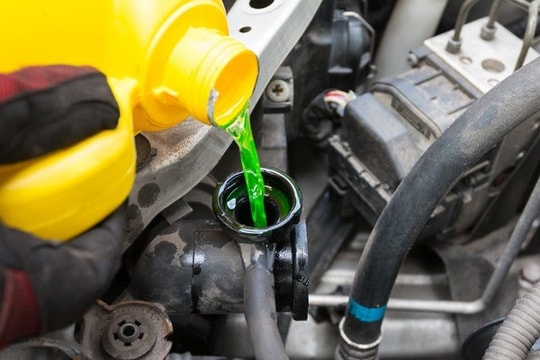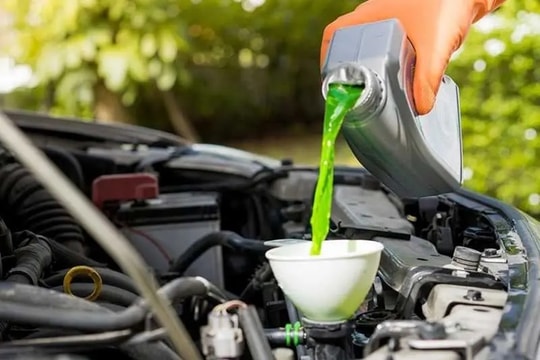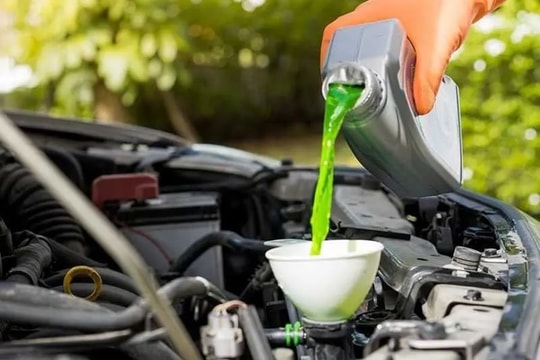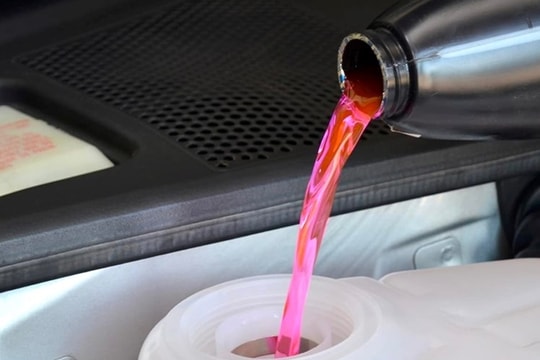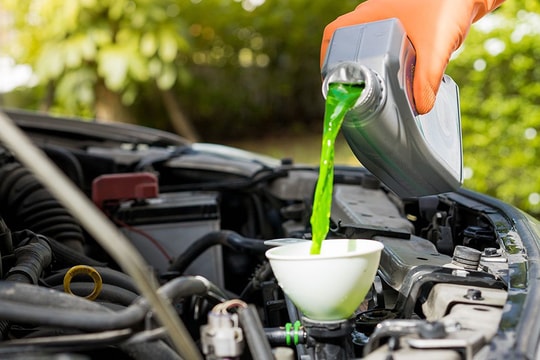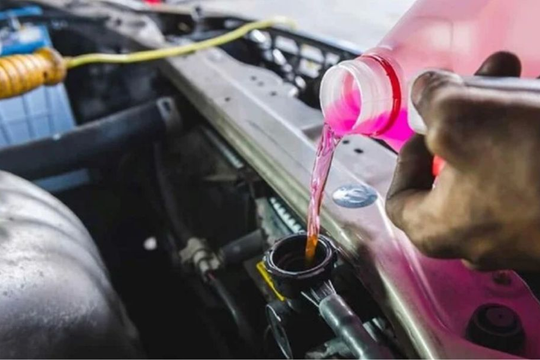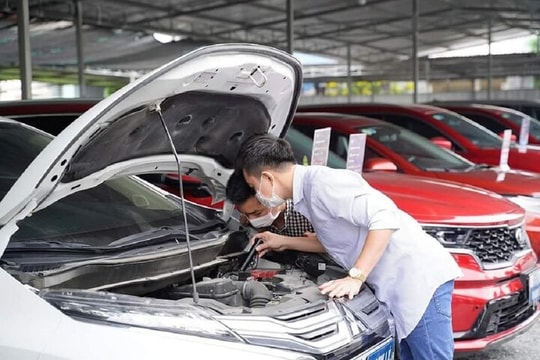12 misconceptions when using cars
(Baonghean.vn) - There are concepts in car maintenance and use that many users "pass on to each other" and apply that seem very good, but in reality, they are not.
After the first 1,000km of running, the oil must be changed.
Firstly, drivers are often afraid that metal shavings left over from the machining process will contaminate the oil and affect the lubrication process. This is a completely wrong concept because manufacturing technology is increasingly precise, so spare parts are produced extremely cleanly, without dirt. In addition, gaskets are gradually disappearing and replaced with glue or nothing, so you do not have to worry about "shavings" getting mixed in the oil.
Second, oil companies often exploit the customer's "fear of car damage" psychology to advertise that oil should be changed regularly. However, the oil change interval is often not as frequent as advertised. In the owner's manual, the manufacturer recommends changing the oil every 5,000 km (or a little longer) under harsh driving conditions.
Actually, changing oil too often won't harm your engine, but it will cost you a lot of money.
 |
Need to change when oil turns black
When checking their car, many people often check the oil themselves and when they see the oil turns black instead of the amber color it was when they first put it in, they think the oil is too dirty and needs to be replaced. This way of thinking is completely scientifically wrong.
In fact, the oil turns black, showing that it is working effectively, lubricating and removing dirt or metal dust generated when the engine is running. After a period of driving, the oil will gradually lose viscosity due to the presence of too many of these impurities in the oil, and this is when you need to change the oil.
Pay attention to the viscosity of the oil, not its color, and change the oil at the intervals recommended by the vehicle manufacturer in the owner's manual.
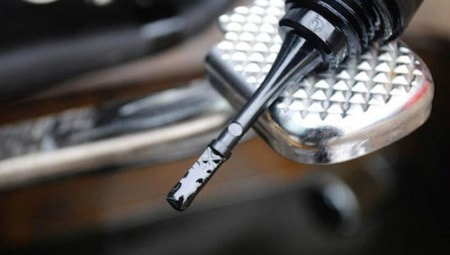 |
Run the new car
Most car owners are wondering how to run their new car in. In fact, today's car manufacturing technology does not require running in, but the manufacturer only recommends running at 80% of the car's maximum load and speed for the first 1000 km.
Cars that use a lot of electrical equipment need large batteries.
In fact, the battery is just a device to store electricity when the car is not running, when the car is running, all the responsibility of supplying electricity falls on the generator on the car. The problem of "lack of electricity" of the car can only be completely solved by replacing the generator with a suitable capacity, not by needing a larger battery.
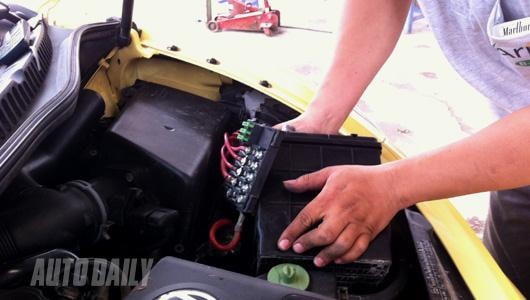 |
Change coolant every time you change the oil.
Reality: Radiator coolant doesn't need to be changed very often. Most owner's manuals recommend changing it every five years or 60,000 miles (96,560 km). Of course, if the radiator is frequently low, check for leaks and get serviced as soon as possible.
The wider the wheel, the better the "grip"
Not exactly true. Sports cars often have large rims and thin tires, which look very nice, but manufacturers do not do this for better "grip". The friction force created by the tires with the road surface mainly depends on the mass of the car, the quality of the rubber, and the structure of the chassis. Changing to large and thin wheels will lead to consequences such as shaking and noise, faster tire wear... without significantly improving the grip.
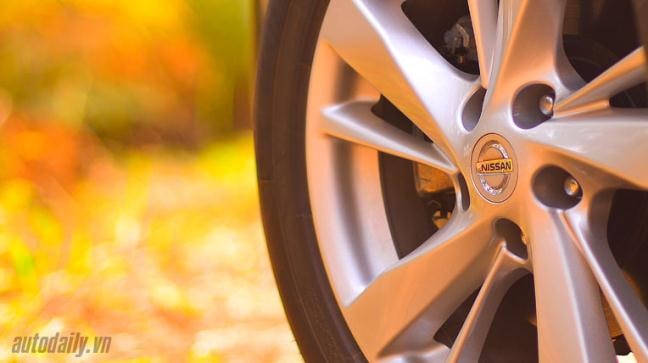 |
Inflate the tire to the pressure indicated on the tire sidewall.
The psi (pounds per square inch) number on the sidewall of a tire is the maximum pressure the tire can handle, not the ideal pressure the manufacturer recommends for the best balance of braking, handling, fuel efficiency, and ride comfort. Therefore, it is not advisable to inflate your tire to this psi. Check your tire pressure monthly when the tire is cold or after the car has been parked for a few hours and inflate to the appropriate pressure.
All oil is oil
In a car, there are many devices that need lubricating oil to transmit pressure, cool... and each device has suitable lubricating oils such as brake oil, engine oil, gearbox oil... The oils themselves also have their own parameters and grades, mixing them is very dangerous, or at least can damage or reduce the life of the car.
Inflated tires go lightly, under-inflated tires brake better
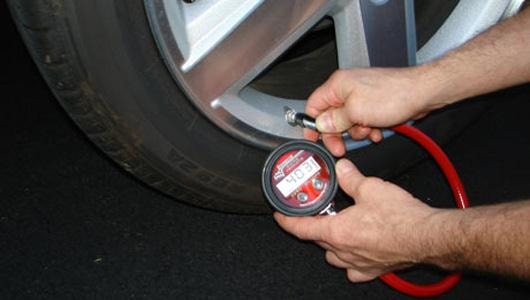 |
Wrong. This is a common misconception. Over-inflating a tire will reduce the shock absorption of the tire and make the tire "bounce" on the road, reducing braking efficiency (not because the contact area is smaller as many people think). For the same reason, under-inflated tires will cause instability in vehicle control without increasing braking efficiency at all.
Manual shifting in an automatic car will make climbing hills better
Climbing a hill in any gear is the same because the car always starts in 1st gear in the AT set, the pulling moment on the wheel when going uphill will not change whether we leave it in D or L. The purpose of the manufacturer when creating controllable gears is to allow the driver to actively change gears when using the car on special roads such as steep passes, hairpin bends, etc. At that time, the car needs to keep a low gear to increase stability as well as take advantage of the engine braking force.
High quality gasoline, more economical
Using high quality fuel does not always bring about efficiency in saving. For cars with small engines and only used for daily commuting, using high quality fuel, although it will improve the power consumption efficiency of the engine and avoid the phenomenon of pre-ignition, does not have the effect of saving.
High quality fuel is only suitable for sports cars because the engine capacity of these cars is large, which has higher fuel requirements.
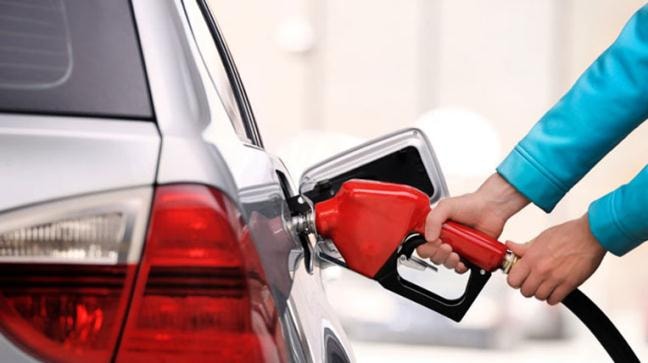 |
Idle for a few minutes before rolling
This is only true for older cars to warm up the engine. Newer cars all use modern engines so they warm up faster when running. The faster the engine warms up, the sooner the car reaches maximum speed, thereby saving fuel and helping the operation process better. But the advice is that in the first kilometers, you should not accelerate too quickly./.
Ngoc Anh
(Synthetic)
| RELATED NEWS |
|---|

